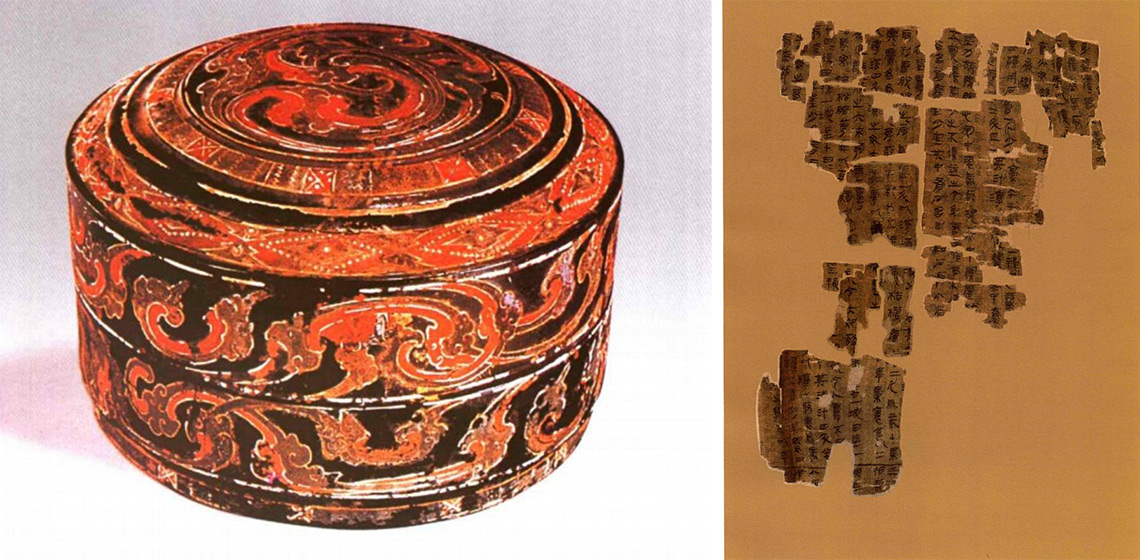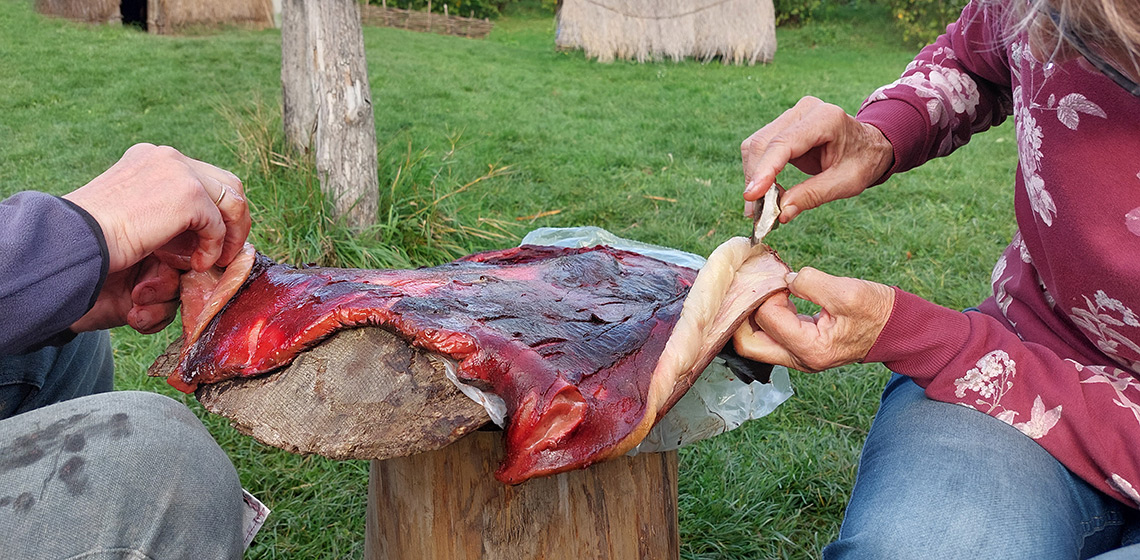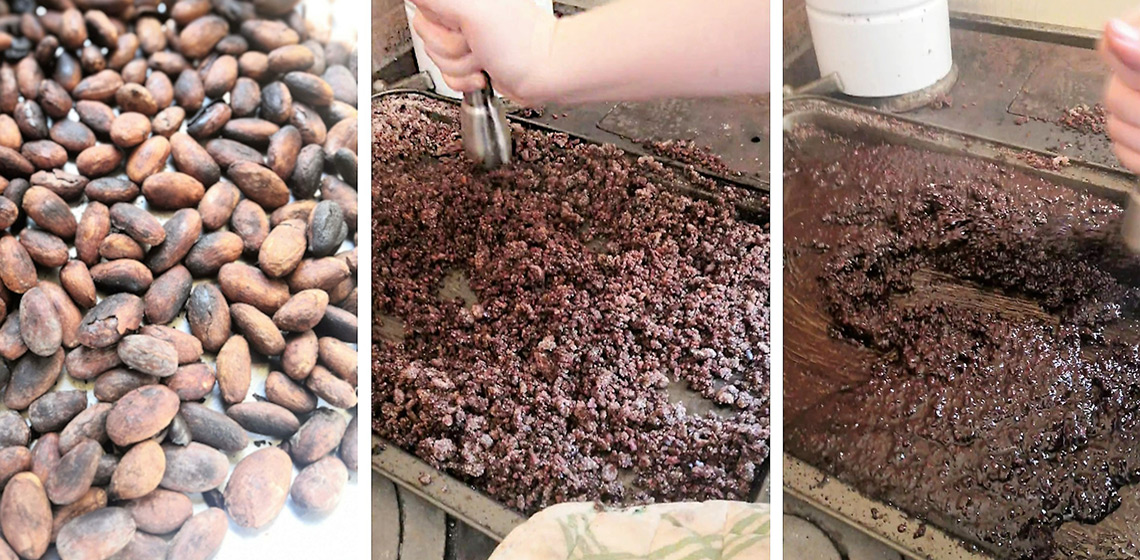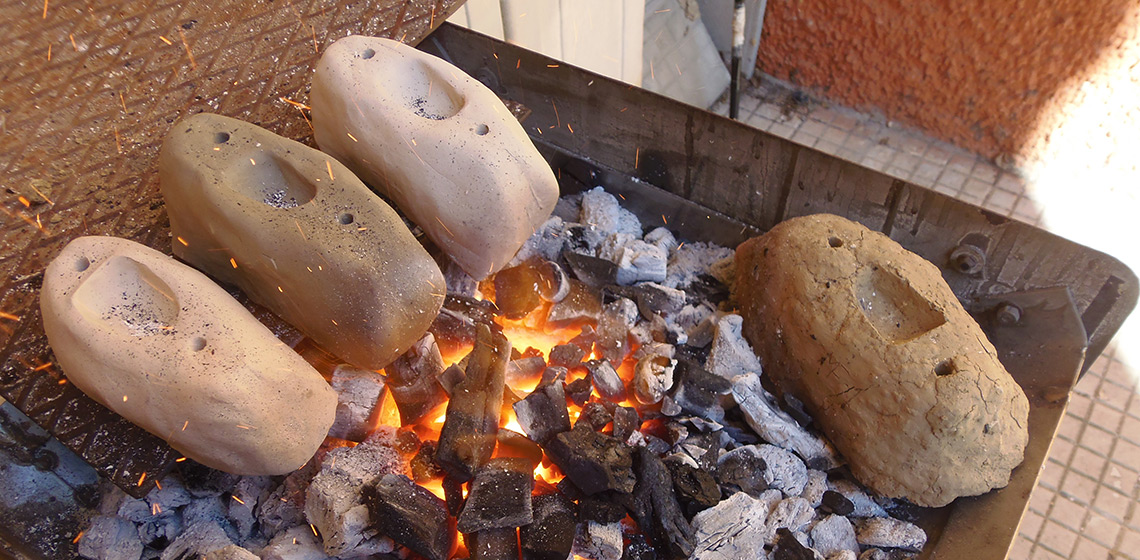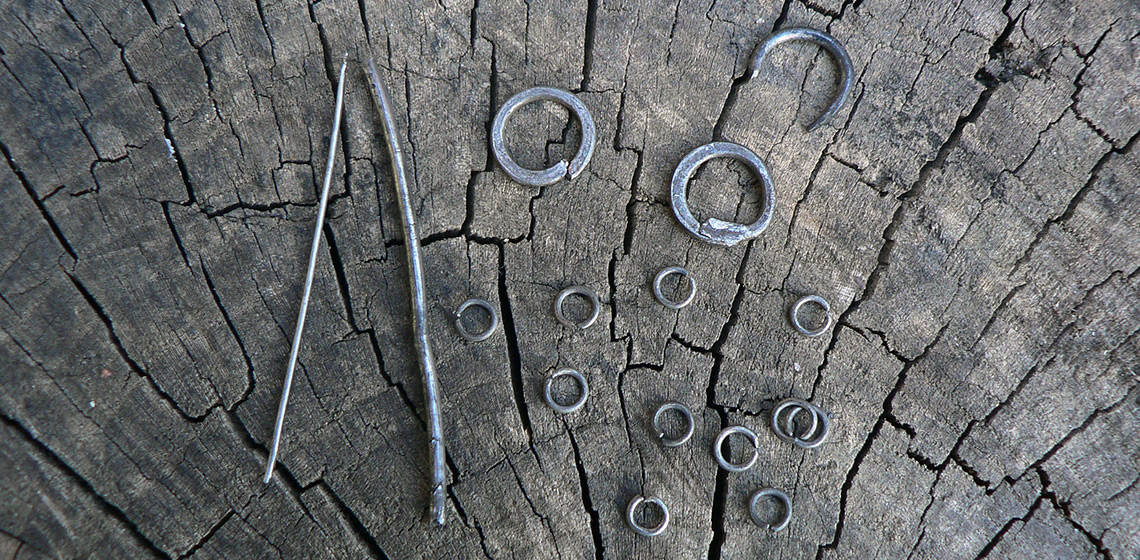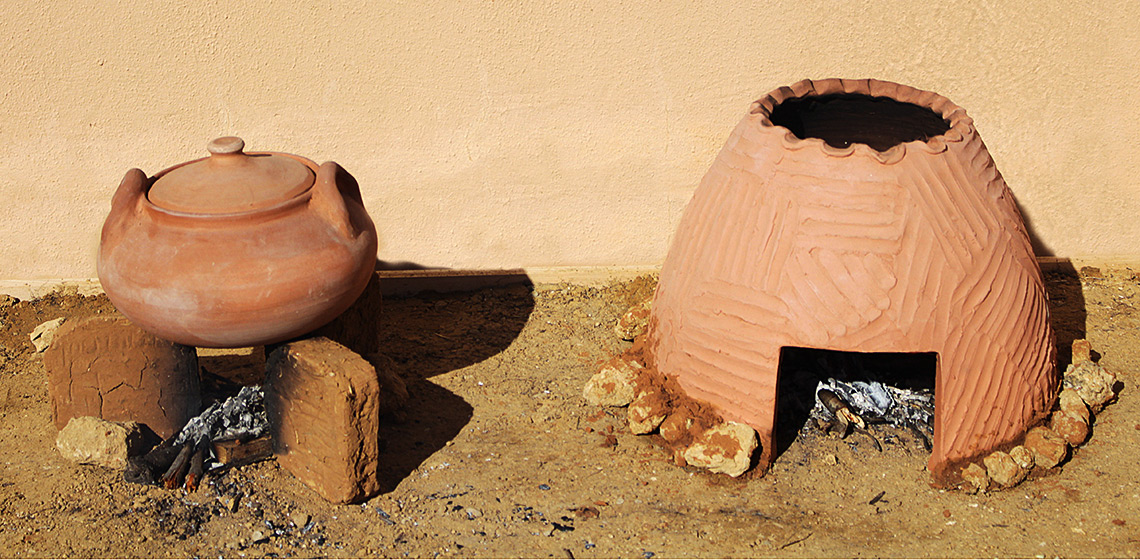Experimental Archaeology
An Experimental Reconstruction of Hair Colours from the Jin and Tang Dynasties (265-907 AD) in China
Scraping Seal Skins with Mineral Additives
Experimental Archaeology and the Sustainability of Dental Calculus Research: The Case of Chocolate and the Nuns Of S. Maria Della Stella’s Church, Saluzzo, Italy
Can Experimental Archaeology Confirm Ethnographic Evidence? The Case of Aboriginal Boomerangs Used as Retouchers
How were Half-Moons on Shells Made in the Upper Palaeolithic? An Experimental Approach
Casting a Copper Age Axe Using a Replica of the Marl Mould Found in Baffoni Cave (AN)
These three artefacts suggested that some kind of metal working had most probably been carried out in the cave: Radmilli first described the mould as “a clay mould for casting… containing a piece of copper” (Radmilli, 1956, pp.
Drawing Wire
Chain mail
It is well known that in the Iron Age wire was made from gold, silver, and copper – but it is a relatively new realization in Northern Europe that wire was also extracted from bog iron ore. Metallurgical insight into how rings in chain mail are made, opened up the possibility of experimental archaeological experiments to learn how the process of making wire, as well as bending and welding it, was carried out in the Iron Age.
Experimenting with the Ancient Greek Pottery Production Process from Clay Selection to Firing in a (Re)constructed Updraft Kiln
Introduction
This experimental project aimed to reproduce the Hellenistic (fourth-third century BC) Greek pottery production process. The project was conducted by the authors, Francesca Tomei, PhD graduate in Archaeology at the University of Liverpool, and Juan Ignacio Jimenez Rivero, a ceramist specializing in replicating ancient pottery technology, who frequently collaborates with the Department of Classics, Ancient History, Archaeology and Egyptology, University of Manchester, on ceramic experimental archaeology projects and activities.


